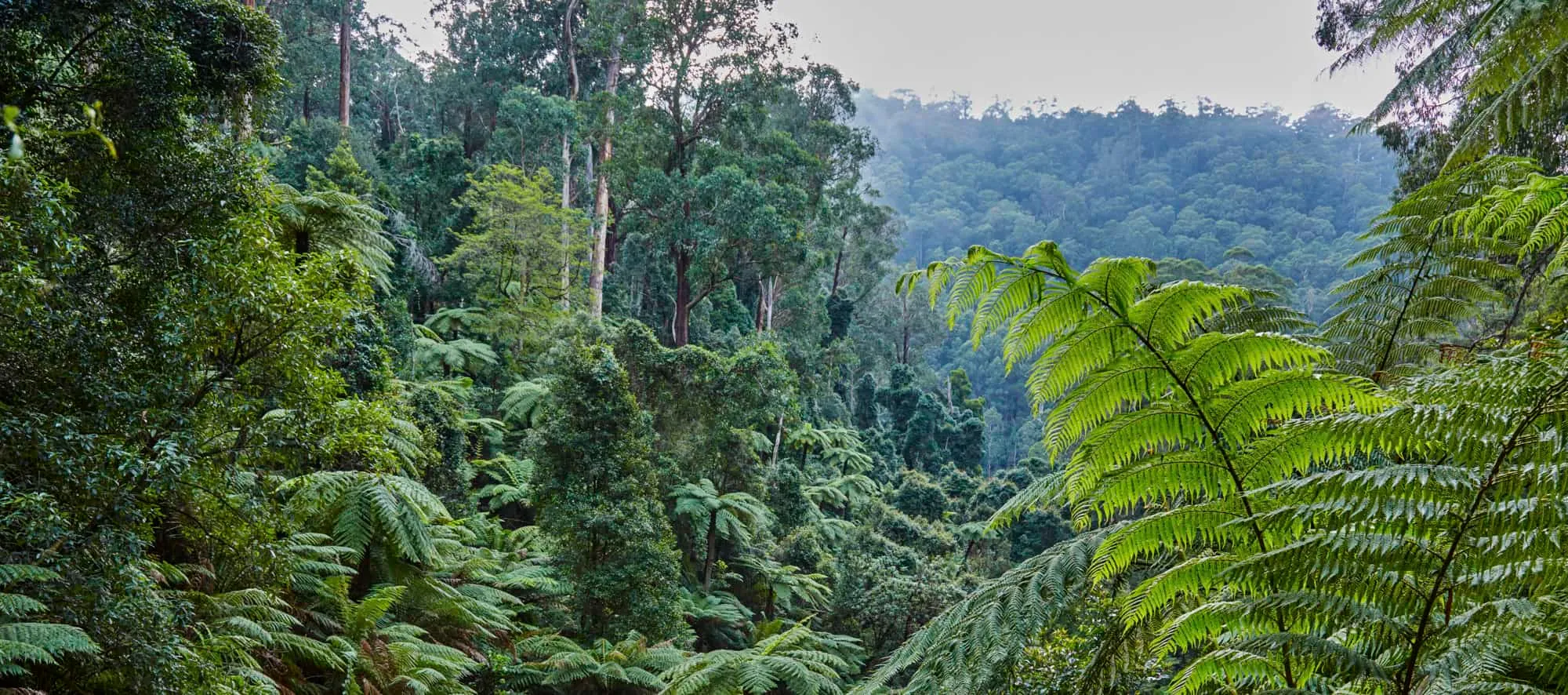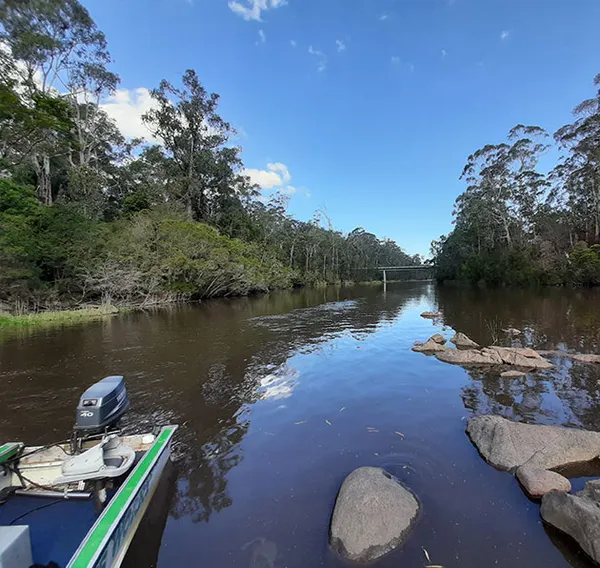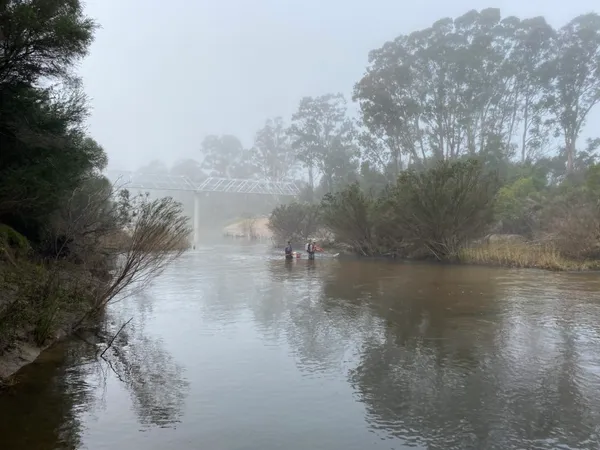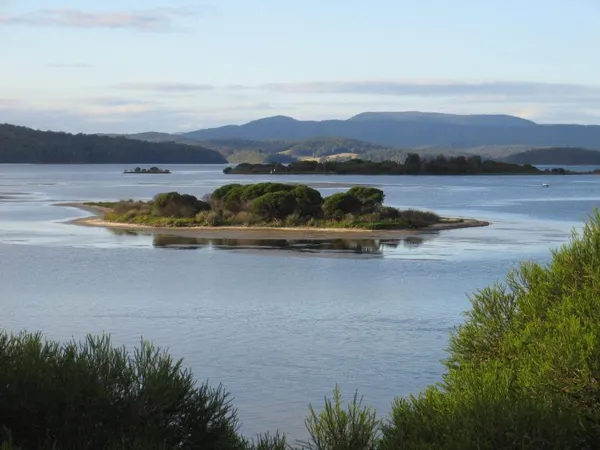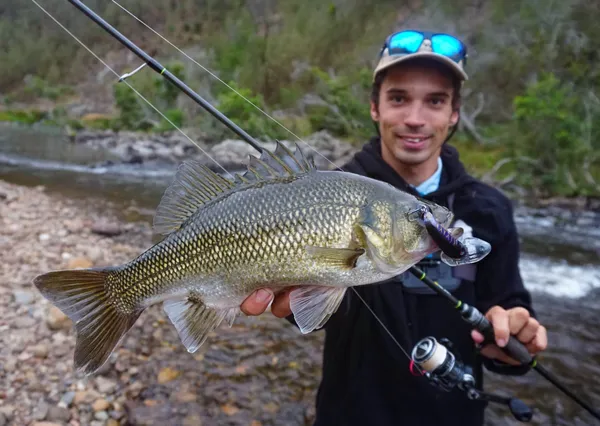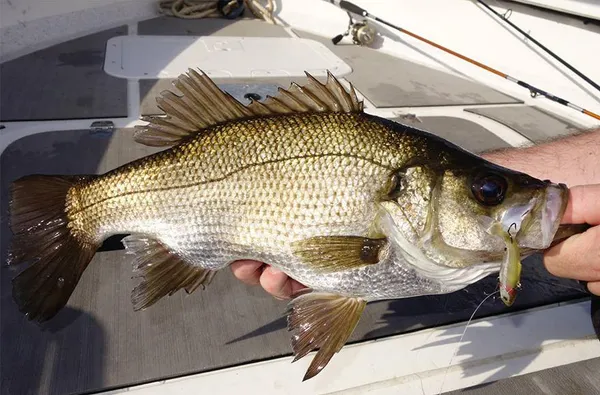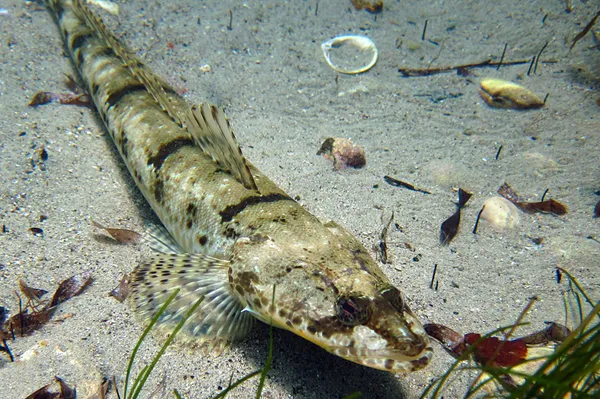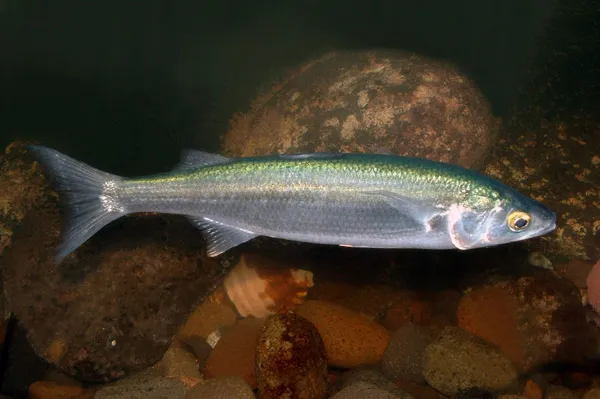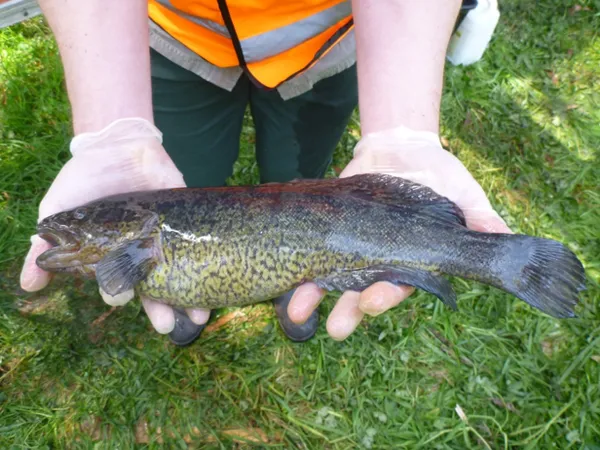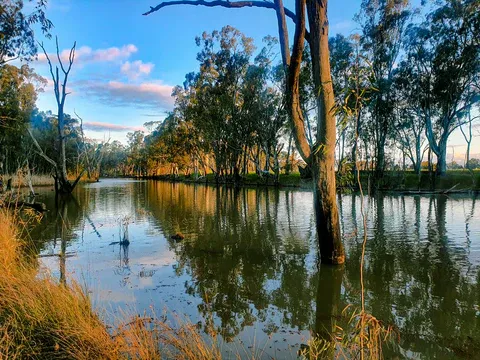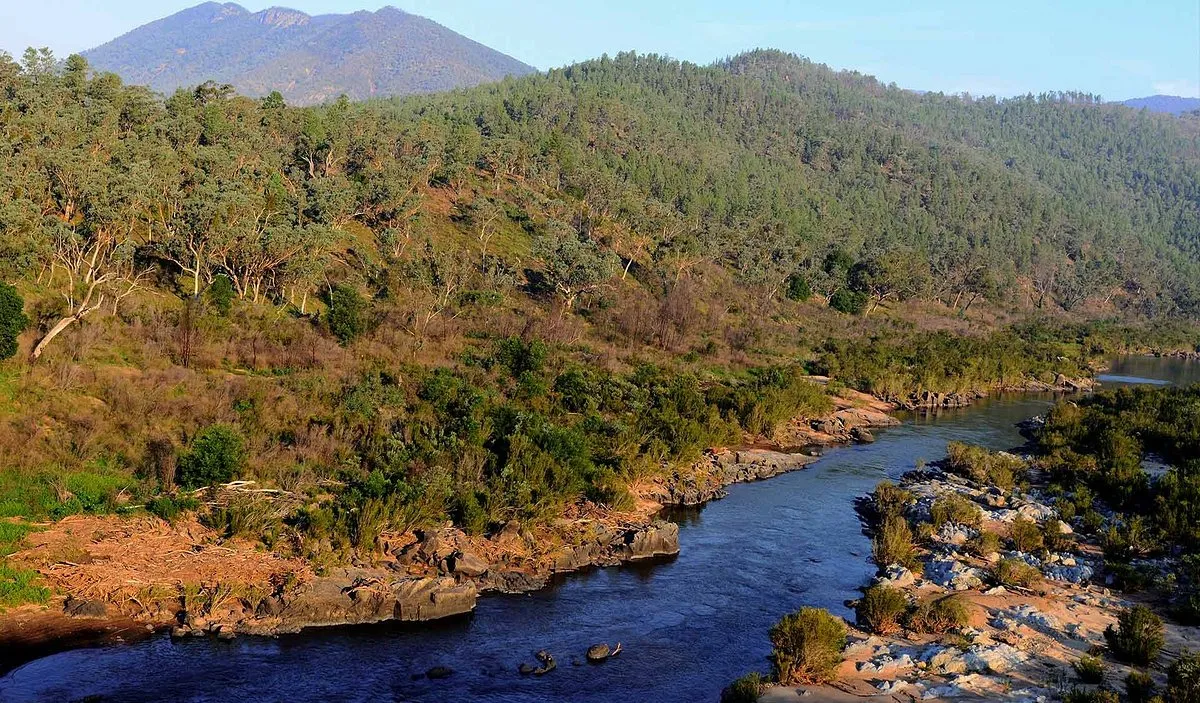
By Archer Hume
Snowy Fishing Guide
The Snowy region is a diverse area in Victoria, Australia, characterized by forested landscapes and numerous rivers. It encompasses the Snowy River basin, which flows through sedimentary tablelands and granitic uplands. The region is known for its pristine conditions and varied freshwater fishing opportunities, with a mix of native and introduced fish species.
